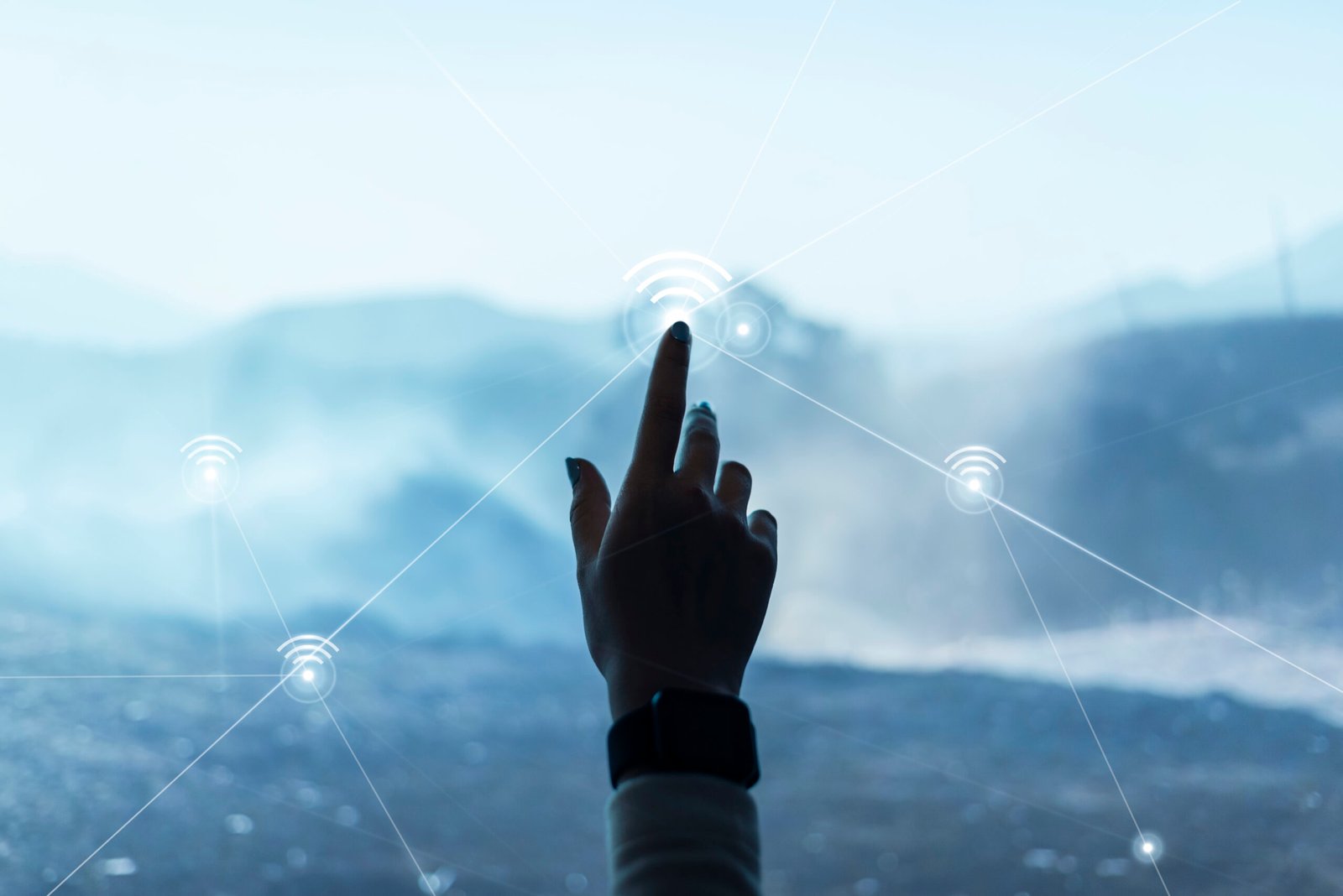
Influencer marketing has gone from a fringe experiment to a mainstream growth engine in less than a decade. Globally, the industry is moving into its most disruptive phase yet. AI-powered systems are now managing everything from creator discovery to ROI tracking. Markets like the US and Europe have already adopted AI as the backbone of their campaign execution.
Indian influencer marketing sector on the other hand, well on its way to be worth ₹107.5 billion by 2027, is catching up but in an uneven, fragmented way. The enthusiasm is high, the tools are multiplying, but the workflow often feels like a sprint in flip-flops: fast, energetic, but not built for endurance.
Where India Stands Today
The global influencer ecosystem is moving towards long-term automation strategies. AI systems already handle matchmaking, predictive pricing, automated contracts, creative ideation, and even real-time campaign pivots. In India, adoption is happening but often piecemeal. Agencies lean on AI for discovery, use third-party tools for engagement dashboards, and sometimes experiment with AI-generated briefs. The workflow rarely connects end-to-end with this tentative approach.
The result? Campaigns run on a patchwork of tools while Excel sheets and WhatsApp groups still anchor execution. This half-step approach means brands get speed but not scale, automation without intelligence.
The Rise of AI Tools Reshaping the Playbook
Even in fragmented use, AI is beginning to reshape how campaigns run in India.
- Influencer Discovery: Automated matchmaking tools now scan thousands of creators across categories, scoring them for reach, engagement, and credibility. Instead of weeks, brands can shortlist talent in hours.
- Pricing & Contracts: Data-backed pricing models benchmark creator rates against performance history, reducing disputes and cutting negotiation time. Smart contracts are beginning to replace email trails.
- Content Ideation: AI tools help predict trends, generate caption drafts, and even recommend optimal posting windows. Creators get a starting point, not a replacement, for their creativity.
- ROI Tracking: Dashboards powered by machine learning can now track conversions, clicks, and sentiment in near real-time making performance less about vanity metrics and more about outcomes.
These are not futuristic experiments; they’re already happening in BFSI, D2C, and FMCG campaigns across India. Admitad’s recent report shows campaigns leveraging generative AI tools delivered 32% higher ROI and 18% stronger sales impact. That’s the kind of tangible edge brands are hungry for.
The Missing Layer: Culture vs. Code
Yet here’s the uncomfortable truth: tools alone don’t build influence. India’s strength is also its complexity. With 20+ languages, dozens of festivals, and hyper-local subcultures, data precision is not enough. AI can rank creators, but it can’t always decode why a Tamil-speaking micro-influencer may drive deeper impact for an FMCG brand than a pan-India celebrity.
This is where cultural intelligence comes in. Agencies that rely only on automation risk missing the invisible context that makes campaigns click. As I often say “Automated discovery might spot a trending creator, but without cultural sensemaking, it’s like giving a DJ vinyl with the wrong grooves.”
The future belongs to hybrid systems where AI does the heavy lifting of speed and scale, and human strategists infuse cultural nuance, empathy, and storytelling.
Real-World Proof: Signs of Change
We’re already seeing glimpses of how this hybrid model works in India. BFSI brands are layering sentiment analysis over influencer campaigns to align messaging with financial trust. D2C players are using AI to test thumbnails and hooks, while FMCG companies are deploying predictive freshness models to avoid ad fatigue during festive bursts.
And then there’s the rise of AI influencers themselves. From Kyra, India’s first virtual model, to Radhika Subramaniam, a Tamil- and English-speaking AI travel creator, these avatars are forcing brands to rethink what “influence” means in an algorithm-first world. Interestingly, Indian consumers seem more open to AI-led influence than the global average. YouGov found that 55% of Indians engage with AI-generated influencers, more than double the global benchmark.
These signals matter because they show India isn’t just adopting global best practices it’s experimenting on its own terms.
The Roadblock: Plug-and-Play vs. Ecosystem Building
The real challenge is mindset. Too often, AI is treated like a toolbox brands pick modules, run them in isolation, and expect transformation. True impact however, doesn’t come from plug-and-play adoption; it comes from ecosystem building.
What India needs is not just more AI stacks, but integrated systems designed for its unique market. Systems that go from influencer selection to contract approval to performance pivots without manual leaks in between. Until then, campaigns will remain fast but not frictionless.
What’s Next: Predictive & Generative Futures
Looking ahead, three shifts will redefine influencer marketing in India:
- Real-Time Campaign Management: Campaigns won’t just be tracked they’ll be adjusted live, with influencer lineups, creative hooks, and posting times optimized mid-flight.
- Generative AI as Creative Copilot: From ideating hooks to scripting reels, generative tools will increasingly act as assistants, not replacements, for creators.
- Predictive Performance Models: By mapping past engagement data against cultural and seasonal signals, brands will forecast which campaigns will succeed before they even launch.
These are not distant possibilities they’re the logical next step if India bridges its execution gap.
Final Thoughts
India has the talent, the market, and the momentum. What it lacks is an integrated execution culture that fuses tech precision with cultural fluency. Agencies that can build this hybrid future will not only win for their clients, but also set global benchmarks.
The truth is, AI won’t replace influencer marketing teams it will replace teams that fail to adapt. Influence has always been about relevance, trust, and timing. AI can now supercharge all three. But only if we stop seeing it as a shortcut, and start seeing it as the system that powers India’s next chapter of digital influence.
-The author is Rahat Khan, the Co-Founder of Fame Keeda





